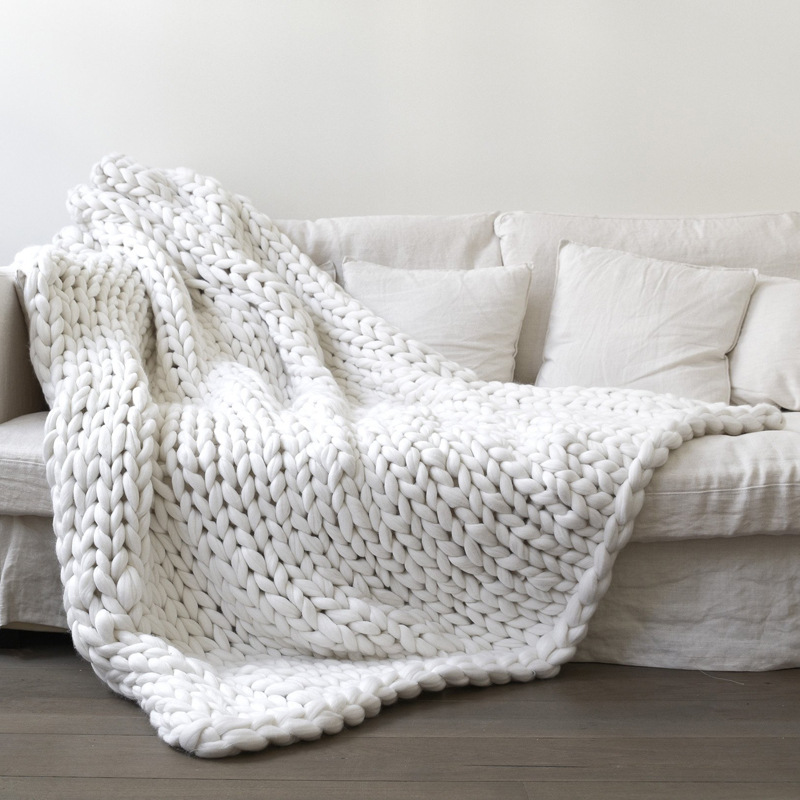Dressing Etiquette: The Colors You Should Avoid at Weddings
Weddings are joyous occasions filled with love, celebration, and, of course, fashion. As a guest, choosing the right outfit is crucial not only for your comfort but also for respecting the couple's special day. While many people focus on what to wear, it’s equally important to consider what colors to avoid. This article delves into the colors that are generally frowned upon at weddings, providing insights into the cultural and social implications behind these choices.
- The Classic No-No: White
Traditionally, white is reserved for the bride. Wearing white can be seen as an attempt to overshadow the bride or detract from her moment. This color symbolizes purity and new beginnings, making it a significant choice for the bride. While some modern weddings may allow for variations of white or off-white, it’s best to steer clear of this color altogether unless explicitly stated otherwise in the dress code.
- The Dreaded Black
Black has long been associated with mourning and somber occasions. While it has become more accepted in recent years, especially for evening weddings, it’s still wise to approach this color with caution. If the wedding is a formal affair, black can be appropriate, but it’s essential to consider the couple’s preferences and the overall vibe of the event. If in doubt, opt for brighter or more festive colors to celebrate the occasion.
- Red: A Color of Attention
Red is a bold and passionate color that can easily draw attention. While it can be a stunning choice for many events, wearing red to a wedding can be perceived as trying to steal the spotlight from the couple. It’s a color that symbolizes love and romance, which might be seen as inappropriate for a guest. If you love red, consider incorporating it as an accent rather than the main color of your outfit.
- The Bride’s Entourage: Pastels and Light Colors
While pastels are often seen as wedding-friendly colors, they can sometimes tread into territory that might clash with the bridal party’s attire. If the bride has chosen a specific palette for her bridesmaids, wearing similar shades could lead to confusion and even embarrassment. Always check the wedding invitation or consult with the couple to ensure your outfit complements rather than competes with the bridal party.
- Avoiding Cultural Faux Pas: Colors with Cultural Significance
Different cultures have varying associations with colors, and it’s essential to be aware of these nuances. For instance, in some Asian cultures, red is a color of celebration and good fortune, while in others, it may symbolize mourning. Similarly, in certain cultures, wearing black can be seen as disrespectful. If you are attending a wedding that incorporates specific cultural traditions, take the time to research and understand the significance of colors within that context.
- The Importance of Dress Codes
Many weddings come with dress codes that provide guidance on what is appropriate to wear. These codes can range from casual to black-tie, and they often imply certain color palettes. If a wedding invitation specifies a color scheme or dress code, it’s crucial to adhere to it. Ignoring these guidelines can come off as disrespectful to the couple and their vision for their special day.
- Conclusion: Dressing with Thoughtfulness
Choosing the right outfit for a wedding involves more than just picking a beautiful dress or suit; it requires thoughtfulness and respect for the couple’s wishes. By avoiding certain colors like white, black, and overly bold shades, and being mindful of cultural significance and dress codes, you can ensure that your attire enhances the celebration rather than detracts from it. Remember, weddings are about the couple and their love story—your outfit should reflect that sentiment.





